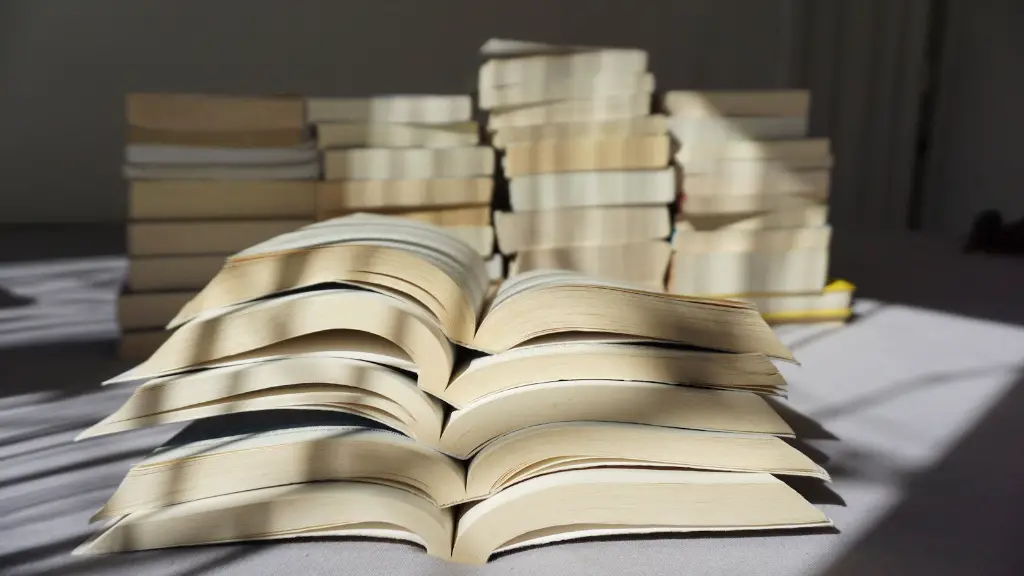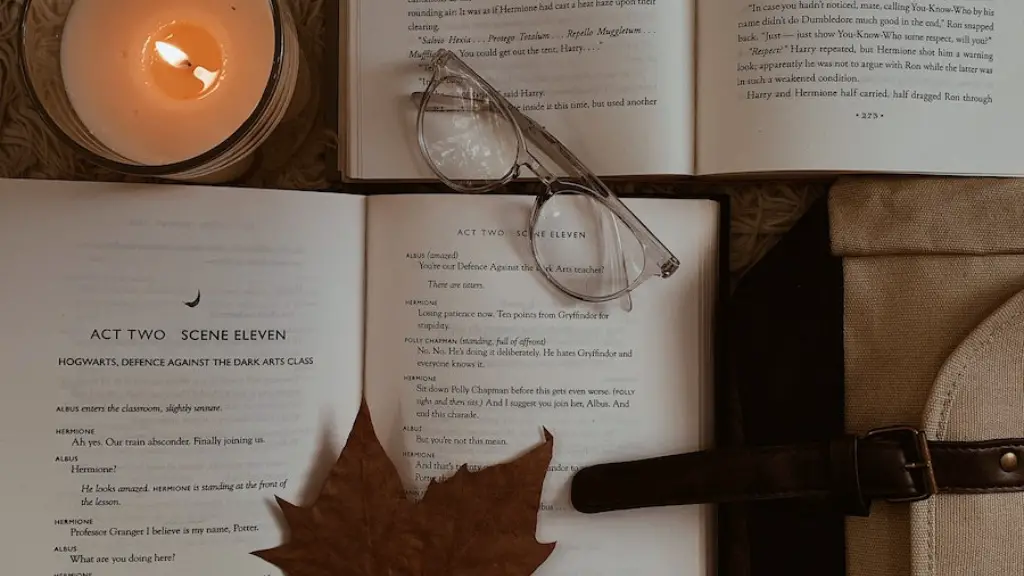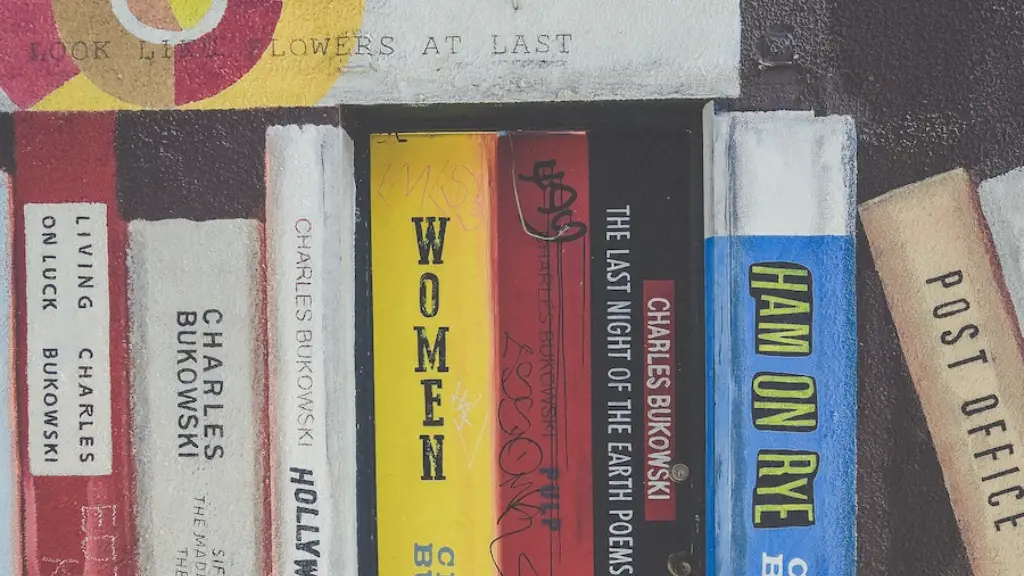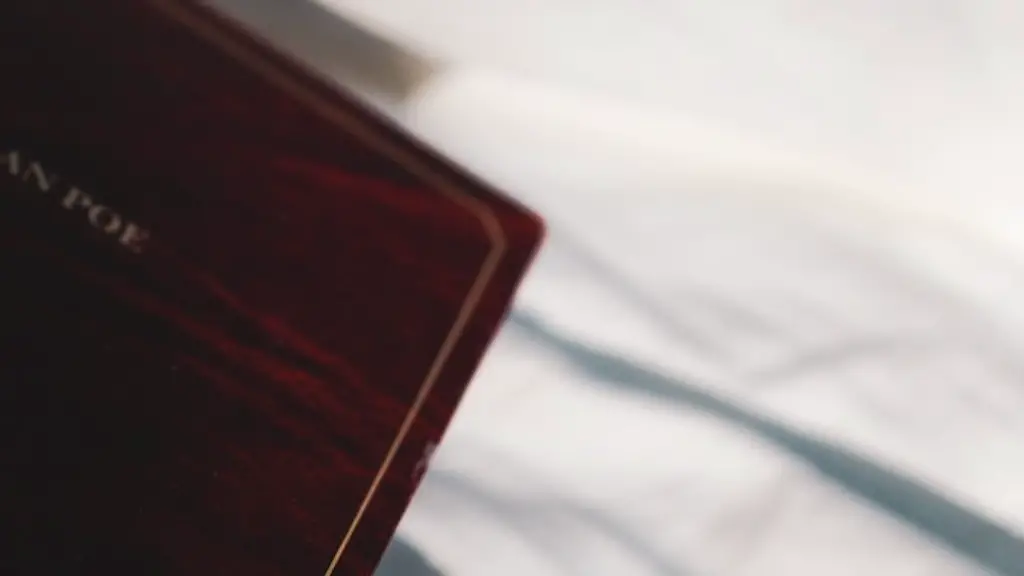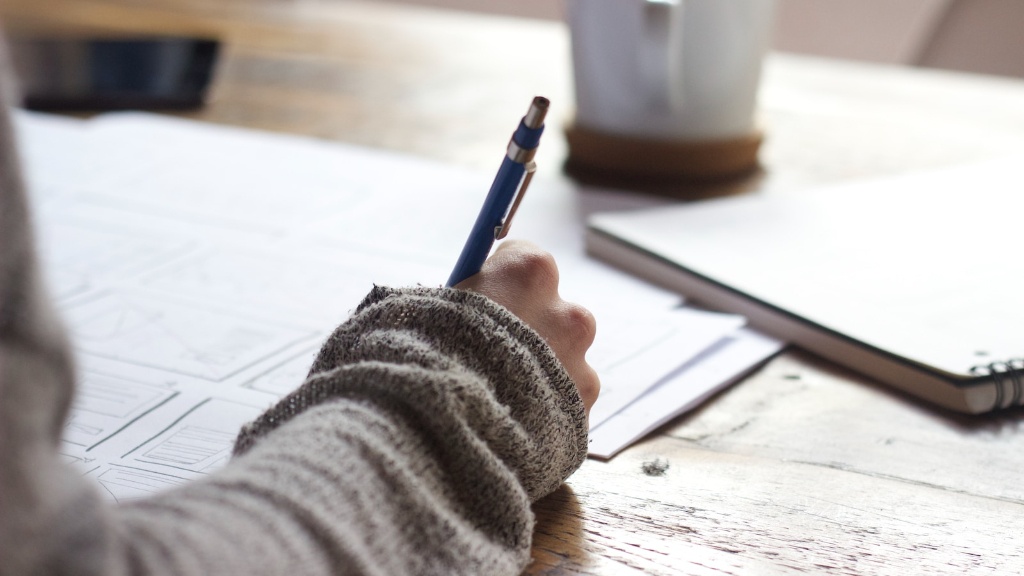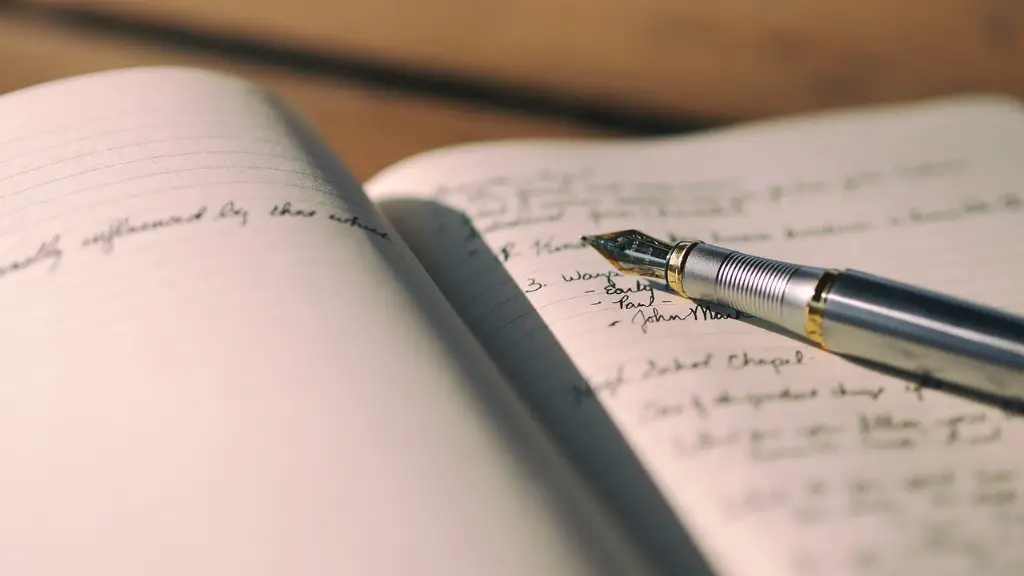Types of Meter
The concept of poetry has been around for centuries, and one of the core aspects is meter. Meter is the rhythmical pattern of syllables in a line of verse, and it is a key tool in the creation of poetic works. This pattern is important as it helps to add structure and musicality to verse, and also plays into the poetic techniques employed by writers. There are various types of meter which govern the rhythm and structure of poetry.
Syllabic meter is one of the primary forms of meter seen in poetry, and it is where each line is composed of a set number of syllables. This type of meter does not require specific emphasis on certain syllables, rather it looks at the total number of syllables used within a line. One example of a syllabic poem is tanka, which is composed of five syllables in the first line, seven in the second, five in the third, seven in the fourth and five in the fifth.
In contrast to syllabic meter, accentual meter involves lines that contain a different number of syllables, however there is an emphasis on the amount of stresses (or tones) found within the line. This type of meter works on the principle of counting the number of stresses in a line and ignoring the syllables. An example of accentual meter is the Lord have Mercy hymn in which lines alternate between two and three stresses.
Accentual-syllabic meter is a mix of the two aforementioned types of meter, and combines aspects of both accentual and syllabic meter. This format of meter is the most common in poetry and is used in a variety of works. It sets out a specific number of syllables in each line and also includes specific stresses on certain syllables. A popular example of this type of meter is iambic pentameter, which contains five feet of two syllables, with the stress on the second syllable of each foot. This form is famously known for being used in the works of William Shakespeare.
As well as the main types of meter, poetry also has a variety of other metrical formats which can be found in pieces. Free verse poetry is one example, which is where the poet does not adhere to any specific concept of meter or structure while composing. The term ‘free verse’ was first coined in the late nineteenth century and is now used as an umbrella term for a variety of metrical forms which do not fit within traditional ideas of meter.
Ultimately, meter is an integral part of poetry and helps to create the rhythm and structure that are seen in almost all works. Different types of meter will have various levels of importance and will be used in some cases to enhance the meaning of a poem. It is essential for understanding the concept of poetry and the techniques employed by writers.
Metrical Feet
Syllables are the basis of meter in poetry, as whichever type of meter is being employed (syllabic, accentual or accentual-syllabic), each line will need to contain a certain number of syllables.In order to measure these syllables and track the meter of a poem, metrical feet are used. A metrical foot is two or more syllables which are used to compose a single unit within a poem. During this process, the syllables are arranged in a pattern of stresses (typically a long or accented syllable is followed by one or more short or unstressed syllables).
The most common metrical feet used in poetry are iambs, trochees, anapests and dactyls. An example of an iambic foot is the word ‘unhappily’, in which the long syllable (un) is followed by the short (hap). Similarly, the word ‘towards’ is an anapestic foot, and ‘brother’ is a trochaic foot. It is important to the rhythm and musicality of a poem that the stresses are maintained, and this is usually done through employing specific metrical feet.
Within metrical feet, the accent or stress of a syllable can also be used for meter. In traditional poetry, for example, the stress was placed on a variety of syllables, including the first and last, to create variation and structure. The stresses should be consistent throughout the poem in order to keep the meter, and it is essential for understanding the concept of meter in poetry.
Poets and writers often use metrical feet to emphasise particular words and phrases within a work, and modern poets such as Robert Frost are well known for employing these techniques. In some cases, poets may even choose to alter and manipulate the stresses in a line, in order to create emphasis on certain words. The concept of metrical feet is important and often underrated, as it helps to add structure and form to a piece of poetry while also bring emphasis to key words and phrases.
Rhythm of Poetry
The rhythm and musicality of poetry are created through meter, and are essential aspects in the task of writing poetic works. Along with metrical feet, a variety of other techniques and patterns can be employed in order to create a certain rhythm within a poem. For example, the use of rhyme and alliteration can help to create a smooth and steady flow when reading. Whilst these techniques have been used since ancient times, modern techniques and patterns such as free verse have also become popular.
Rhythm can also be created through line length and meter. Commonly, poems will have lines of varied length in order to create a certain rhythm, with shorter lines enabling a quicker pace, for example, and longer lines providing more exposition. In addition, accentual-syllabic meter can be used to create emphasis on certain syllables in a line, connoting meaning and adding weight to those syllables. These techniques – along with many others- can help to add meaning to a poem and make it appear more melodic and appealing to the reader.
The primary goal of poetic rhythm is to engage readers with the work and make them consider the message in a new way. Rhythm and meter can be employed to make the poem more readable and enjoyable, allowing readers to appreciate poetic devices such as alliteration without distracting them from the main message of the poem. Ultimately, the correct use of rhythm and meter is essential in the creation of all poetic works, as it helps to draw the reader in and allow them to become immersed in the poem.
Rhetorical Devices
Rhetorical devices are fundamental techniques used in poetry to influence the reader and increase the power of a poem. These range from metaphor and alliteration to simile and hyperbole, and are used to enhance the poetic techniques within a work. Writers and poets use these techniques to add new layers to a poem and help to convey the overall meaning more effectively. Though rhetorical devices such as alliteration have been around for centuries, contemporary writers have developed a variety of new techniques.
One purpose of rhetorical devices is to evoke emotion in the reader. For example, the use of metaphor can help to create vivid images in the mind of the reader, and bring to life the concepts addressed in a poem. Similarly, rhetorical interrogation can be used to encourage the reader to consider the poem in a new way, or to approach it from a new viewpoint. Finally, the writer can use rhetorical devices to emphasise certain words and phrases, thus conveying the message of the poem more effectively.
Ultimately, rhetorical devices are a key part of poetic works and are used to create subtle rhythms and emphasise feelings in the reader. They also act as a way for the poet to express their ideas in a unique way, sparking the curiosity of the reader and leaving them with questions. When done appropriately and effectively, rhetorical devices can help to increase the power of a poem and ensure that it has an everlasting impact.
Purpose of Meter in Poetry
Meter is a fundamental concept in poetry, and serves as the foundation on which all poetic works are created. Meter provides both a structure and a framework for poets to work within, and can add a variety of new layers and messages to a poem. It can be employed to provide emphasis on particular ideas, as well as to create a specific rhythm which can intrigue and captivate the reader.
In some cases, particular types of meter can also connote particular ideas and perceptions. For example, syllabic meter is often used to suggest a sense of elegance, whereas assonance can be used to convey sorrow. Ultimately, meter helps to structure and shape a poem and create a unique experience for the reader.
The concept of meter also allows writers to explore with different techniques, as changing the meter or adding accents can alter the rhythm of a poem and offer new interpretations. The use of meter can also help to change the pace of a poem, with the poet able to speed up or slow down the poem in order to convey certain feelings or messages. Thus, meter is an essential tool in the process of creating poetic works, as it helps to provide an underlying structure and framework for the poem.
Using Meter In Writing Aimed at Performance
Many poets and writers use meter in order to create works which are intended to be performed or read aloud. This means that the techniques employed must be considered carefully in order to ensure that the meter of the poem remains intact when it is performed. This is essential as the rhythm and flow of the poem can be changed when it is read aloud, and meter is crucial for the poem to have an impact.
Enjambment is one technique which can be used to maintain meter in readings, as it enables lines to merge together and creates a continuous flow. This means that the poem will retain its meter and rhythm during a reading and prevents any awkward pauses or breaks. Similarly, word choice can be important in performances, as poetic words that contain multiple syllables can help to maintain the meter of a poem and avoid any potential mistakes or mispronunciations.
In addition to this, the performance of the poem can also be changed by altering the meter, as it can help to create a different vibe and atmosphere. For example, switching between different meters or using a faster tempo can help to add a sense of excitement to a poem, whilst slowing down the tempo can be used to evoke sadness or other emotions.
Ultimately, meter plays a crucial role in readings and performances of poetry. It helps to maintain the rhythm and flow of the poem, as well as providing the performers with an underlying structure for their piece. Meter also adds an extra layer to a poem, as it can be manipulated to change the atmosphere and create specific emotions in the audience.
